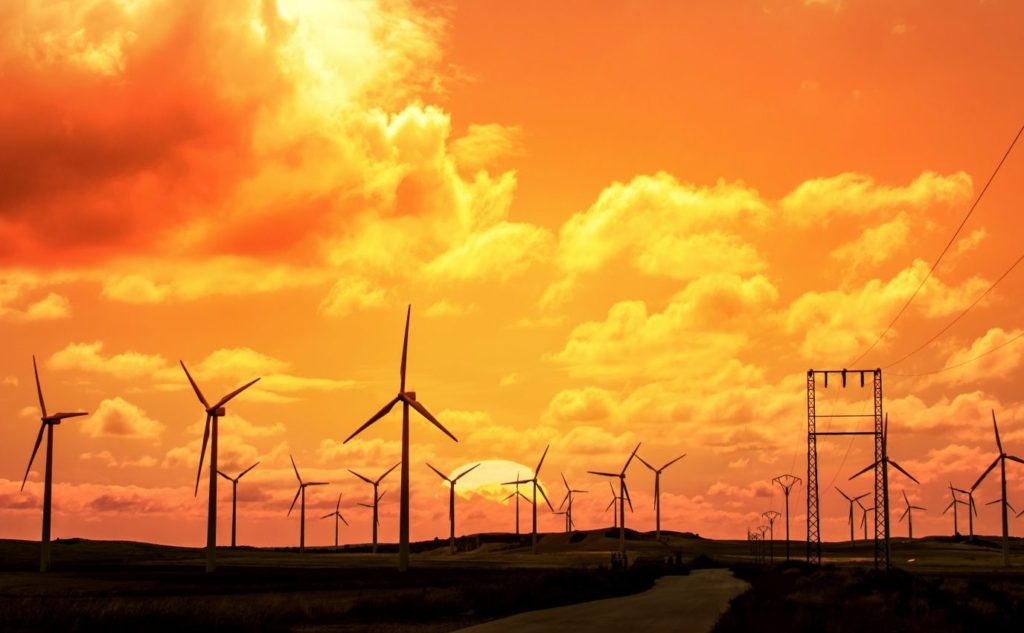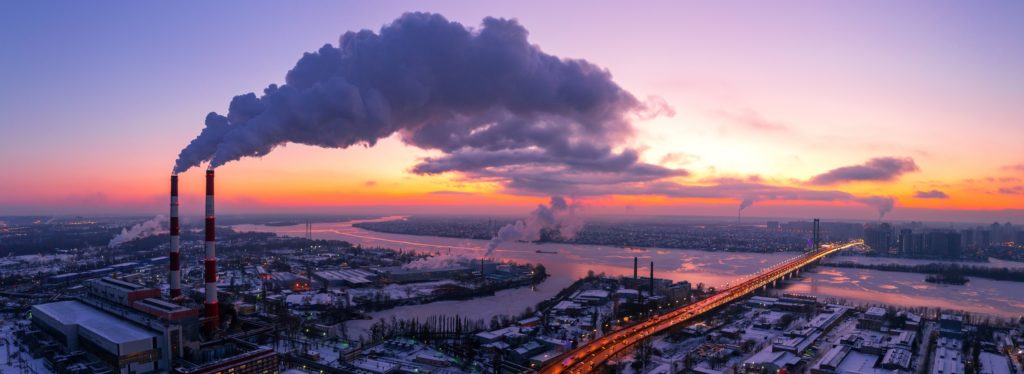Low-Energy Fridays: Why the G7 Can’t Quit Natural Gas
The Group of 7 (G7, an international political forum comprised of the United States, Canada, France, Italy, Japan, Germany, and the United Kingdom), despite its frequent calls for more climate action, elicited some surprise earlier this week when it issued a statement supportive of more investment in natural gas alongside its push for decarbonization. Given that the G7 is comprised of Western powers whose leaders frequently cite climate change as an imperative international policy issue, it seems odd that they would call for more fossil fuel infrastructure investment instead of less. But this recent event holds a teachable moment about the disconnect between the way politicians talk about climate issues and the reality of weighing the tradeoffs in achieving outcomes.
The pressure on the G7 to support natural gas comes, reportedly, from the Japanese. It may surprise some, but in Japan, coal consumption is rising, not falling, as there has been less support for nuclear power in the wake of the Fukushima incident in 2011. In Japan, coal accounts for 31 percent of electric power generation, and natural gas makes up 34 percent. Another G7 member with rising coal consumption is Germany, which also steered away from nuclear power after the Fukushima incident and transitioned toward natural gas, but for national security reasons has been trying to replace natural gas imports from Russia with coal. In fact, Italy and France have also increased coal consumption recently, making four of the G7 members more reliant on fossil fuels than they were last year.
These countries also boast some of the most generous subsidies and permissive policies for clean energy. Just last year, Germany planned a 28 billion euro subsidy package for renewable energy. So why, despite all the rhetoric and policy focus, have these countries not shifted to clean energy, and are instead calling for increased investment in natural gas?
The simple explanation is that while we talk about electricity as if it is a commodity that can be bought off a shelf, it should really be thought of as an extremely non-durable good. Electricity supply and demand must always be balanced—otherwise a blackout will occur. The cheapest forms of clean energy currently available are wind and solar power, but they are only available intermittently. In simple terms, because wind and solar can be used during only some hours any given day, another clean energy source that is available any time must fill the gap.
There aren’t many options that fit the criteria. Electricity storage like batteries can store clean energy and discharge it when needed, but it’s expensive. Nuclear power works well, but it takes a long time to build new power plants and much of the public is against it. Hydropower is cheap but limited in where it can be built and by the amount of water flow rivers have to generate power. As much as the G7 may not like it, the cheapest option to fill the gap is usually either coal or natural gas. And between the two natural gas is far cleaner, both for climate and pollutants that harm human health.
Clean energy can and should be a priority for politicians, but they must acknowledge that this is not a problem that has already been solved. Achieving the clean energy objectives that the G7 promotes still requires breakthrough innovation in energy storage, advanced nuclear power and other low-carbon energy sources. The G7 statement is a rare public acknowledgment from a political body that a transition to renewable energy, as was prioritized at the beginning of Russia’s invasion of Ukraine, is not nearly as fast, cheap or easy as politicians claim.
Low-Energy Fridays
Every Friday we take a complicated energy policy idea and bring it to the 101 level.









